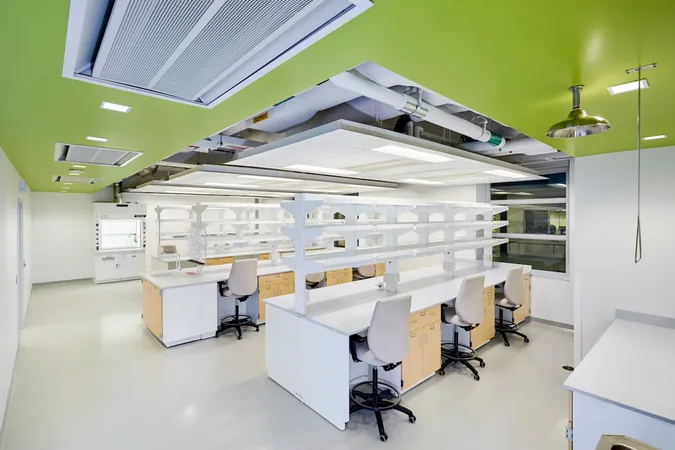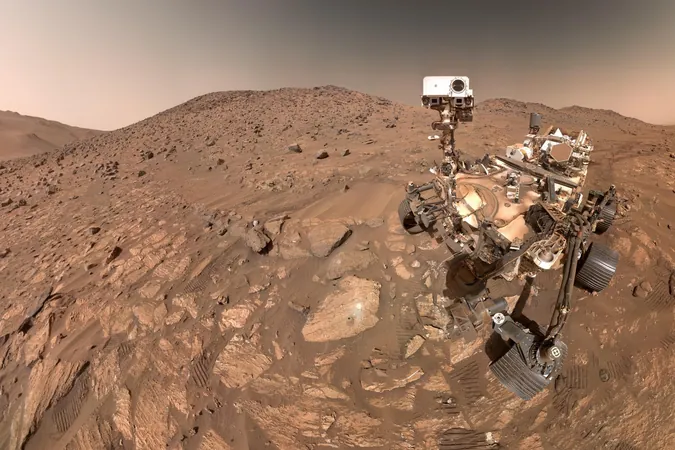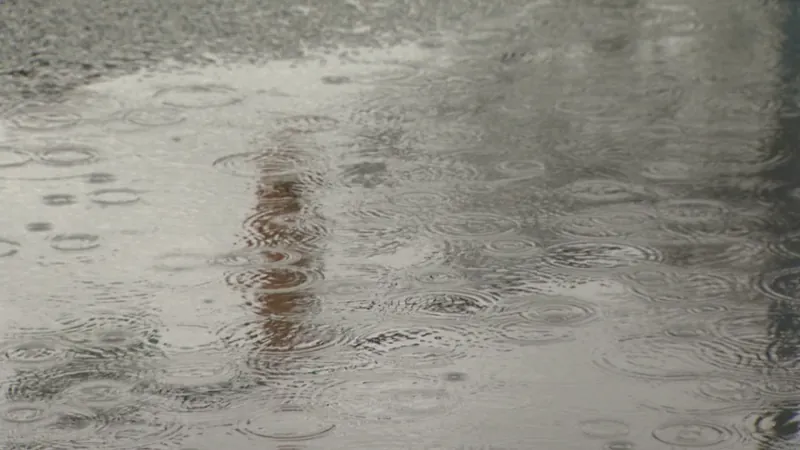
The Future of Laboratory Design: Shaping Environments for Modern Science
2024-11-15
Author: Jacob
Imagine walking into a laboratory from the 1970s: cramped, cold, and clinical, with scientists isolated in their experiments for hours on end. Back then, such spaces were engineered for focus and solitude, successfully supporting groundbreaking discoveries. However, times have changed, and so have the needs of today’s researchers.
Modern scientists crave collaborative, adaptable, and inspiring workspaces that reflect their dynamic research methodologies. In response, innovative architecture and design firms, such as mcCallumSather in Canada, are transforming outdated labs into lively environments that prioritize both scientific advancement and the well-being of lab personnel.
“I love taking the sterile, uninspiring lab and turning it into a vibrant space where teams want to work,” says Liam Brown, principal at mcCallumSather. This effort is not just about aesthetics but also about functionality and fostering community.
Researchers today express the desire for flexible lab spaces that can be easily reconfigured as project needs change. They also prefer well-lit environments that promote a healthy work-life balance and enhance productivity. Traditional lab designs, often characterized by brutalist architecture with limited natural light, do not meet these modern needs. “Breaking down these barriers to create open, collaborative spaces is crucial for attracting the best minds in science,” Mr. Brown adds.
Customization is Key
Gone are the days of cookie-cutter laboratories. Today’s labs are uniquely tailored to their users, crafted in collaboration with clients to accommodate both current and future research demands. “Science is ever-evolving, and lab design must evolve with it,” Brown emphasizes.
One example of this shift can be seen at the University of Waterloo (UW) in Canada, where mcCallumSather has partnered to redesign the earth sciences and chemistry building, which, opened in 1964, was once a beloved but outdated facility.
Long-time faculty members refer to the building as an 'old friend.' However, as scientific disciplines progressed, it became clear that the design no longer reflected the collaborative and flexible practices of modern research. Mike Ditty, the director of infrastructure and technical resources at UW, recalls how the original layout was disjointed, making it inefficient for contemporary workflows.
The ambitious renovation covers approximately 24,000 square feet and includes the addition of eight customized, modular labs, office spaces, and collaborative areas. These interconnected labs are structured to ensure equal accessibility and can be easily adjusted based on the evolving needs of research. Expected to be completed by late 2025, this project marks the beginning of further enhancements to UW's facilities, aimed at promoting interdisciplinary research as outlined in the university's strategic plan for the next five years.
Sustainability and Innovation
Traditionally, laboratories have been major energy consumers, primarily due to ventilation systems, fume hoods, and other safety requirements. However, sustainability is also at the forefront of UW’s renovation. The institution aims to meet its green goals through design strategies that reduce energy consumption. McCallumSather has integrated sustainable concepts throughout the renovation process, utilizing eco-friendly materials and improving the building’s insulation to enhance energy efficiency.
“Science is truly leading the way in sustainability here at the University of Waterloo,” adds Ditty. “Our faculty is paving the way for a future with more energy-efficient systems, preparing for a greater reliance on lower-temperature hot water.”
Overall, the evolution of laboratory design reflects a broader trend in science and technology, prioritizing collaboration, adaptability, and sustainability. With these changes, the labs of tomorrow will not only facilitate groundbreaking research but also provide inspiring environments that nurture creativity and innovation within the scientific community. The future of lab design looks promising, and who knows what breakthroughs may emerge from these enhanced spaces?









 Brasil (PT)
Brasil (PT)
 Canada (EN)
Canada (EN)
 Chile (ES)
Chile (ES)
 España (ES)
España (ES)
 France (FR)
France (FR)
 Hong Kong (EN)
Hong Kong (EN)
 Italia (IT)
Italia (IT)
 日本 (JA)
日本 (JA)
 Magyarország (HU)
Magyarország (HU)
 Norge (NO)
Norge (NO)
 Polska (PL)
Polska (PL)
 Schweiz (DE)
Schweiz (DE)
 Singapore (EN)
Singapore (EN)
 Sverige (SV)
Sverige (SV)
 Suomi (FI)
Suomi (FI)
 Türkiye (TR)
Türkiye (TR)